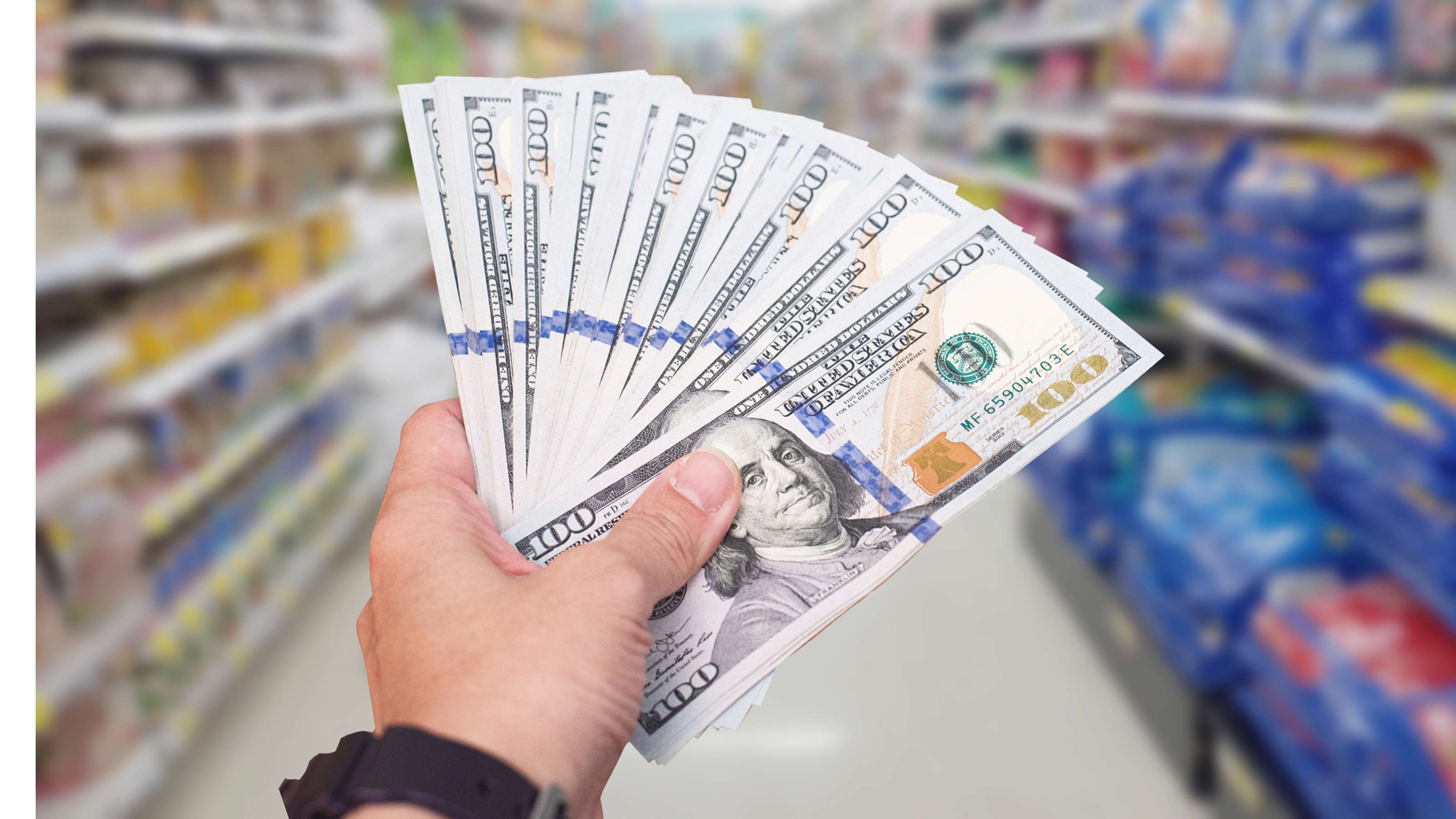Americans Are Stockpiling Cash
With no place to go and businesses closed, we are saving more than ever.

Americans have gradually begun to reopen their wallets, but we’re still saving more than we have in decades. The personal savings rate, which measures the amount of money Americans have left over each month after spending and taxes, dropped to 17.8% in July after spiking to 33% in April, but that’s still the highest rate since May 1975. Some 45% of Americans say they’re saving more than usual, according to a survey by the Associated Press and the NORC Center for Public Affairs Research.
That means a lot of pent-up demand could be unleashed when the economy recovers. But it could be a long time before Americans return to their previous spending habits, and that has serious implications for an economy that relies heavily on consumer spending to drive growth.
“There’s a lot of uncertainty about how the pandemic is going to play out,” says Mark Zandi, chief economist for Moody’s Analytics. “Will I be working three months from now? Will my pay be cut? People are saving for a potentially stormy day.”
From just $107.88 $24.99 for Kiplinger Personal Finance
Become a smarter, better informed investor. Subscribe from just $107.88 $24.99, plus get up to 4 Special Issues

Sign up for Kiplinger’s Free Newsletters
Profit and prosper with the best of expert advice on investing, taxes, retirement, personal finance and more - straight to your e-mail.
Profit and prosper with the best of expert advice - straight to your e-mail.
The spike in April wasn’t surprising because most of the country was in lockdown, bringing the economy to a halt. In addition, many Americans—particularly those who had jobs—saved the $1,200 stimulus checks they received through the CARES Act. Many jobless workers also stashed the extra $600 a week they received in unemployment benefits through July, says Joao F. Gomes, professor of finance and economics at the University of Pennsylvania’s Wharton School.
The unprecedented nature of this downturn makes it difficult to predict when Americans will feel confident enough to start spending again. “There’s no real framework for this,” says Tom Porcelli, chief economist of RBC Capital Markets. Porcelli doesn’t expect spending to accelerate until the country returns to close to full employment, typically defined as an unemployment rate of 5%.
People could also be motivated to open their wallets if an effective vaccine is introduced and widely distributed, Zandi says. But the rise in spending could come more slowly if the vaccine is rolled out over several months and only helps, say, half of the people who receive it, he says.
And even then, economists say, not everyone will be eager to whip out their credit cards. The Great Recession also led to a rise in the savings rate, and boomers continued to save after the downturn ended.
That could happen this time, too, Zandi says: “I think that group will be saving more, post-pandemic. They’re the most vulnerable, and now they are even less prepared for retirement.”

Profit and prosper with the best of Kiplinger's advice on investing, taxes, retirement, personal finance and much more. Delivered daily. Enter your email in the box and click Sign Me Up.
-
 States That Tax Social Security Benefits in 2026
States That Tax Social Security Benefits in 2026Retirement Tax Not all retirees who live in states that tax Social Security benefits have to pay state income taxes. Will your benefits be taxed?
-
 QUIZ: What Type Of Retirement Spender Are You?
QUIZ: What Type Of Retirement Spender Are You?Quiz What is your retirement spending style? Find out with this quick quiz.
-
 How to Avoid the Financial Quicksand of Early Retirement Losses
How to Avoid the Financial Quicksand of Early Retirement LossesSequence of returns — experiencing losses early on — can quickly deplete your savings, highlighting the need for strategies that prioritize income stability.
-
 9 Types of Insurance You Probably Don't Need
9 Types of Insurance You Probably Don't NeedFinancial Planning If you're paying for these types of insurance, you may be wasting your money. Here's what you need to know.
-
 Amazon Resale: Where Amazon Prime Returns Become Your Online Bargains
Amazon Resale: Where Amazon Prime Returns Become Your Online BargainsFeature Amazon Resale products may have some imperfections, but that often leads to wildly discounted prices.
-
 What Does Medicare Not Cover? Eight Things You Should Know
What Does Medicare Not Cover? Eight Things You Should KnowMedicare Part A and Part B leave gaps in your healthcare coverage. But Medicare Advantage has problems, too.
-
 15 Reasons You'll Regret an RV in Retirement
15 Reasons You'll Regret an RV in RetirementMaking Your Money Last Here's why you might regret an RV in retirement. RV-savvy retirees talk about the downsides of spending retirement in a motorhome, travel trailer, fifth wheel, or other recreational vehicle.
-
 Roth IRA Contribution Limits for 2026
Roth IRA Contribution Limits for 2026Roth IRAs Roth IRAs allow you to save for retirement with after-tax dollars while you're working, and then withdraw those contributions and earnings tax-free when you retire. Here's a look at 2026 limits and income-based phaseouts.
-
 Four Tips for Renting Out Your Home on Airbnb
Four Tips for Renting Out Your Home on Airbnbreal estate Here's what you should know before listing your home on Airbnb.
-
 Five Ways to a Cheap Last-Minute Vacation
Five Ways to a Cheap Last-Minute VacationTravel It is possible to pull off a cheap last-minute vacation. Here are some tips to make it happen.
-
 How Much Life Insurance Do You Need?
How Much Life Insurance Do You Need?insurance When assessing how much life insurance you need, take a systematic approach instead of relying on rules of thumb.